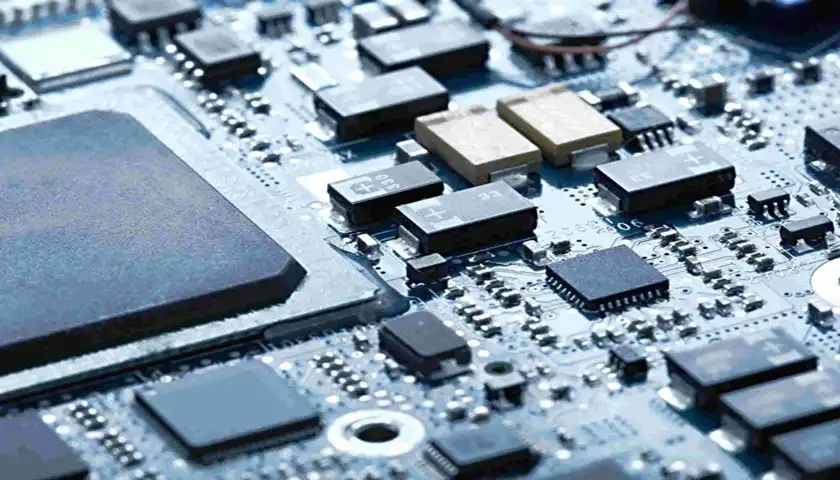Molybdenum rhenium electrodes are indispensable components in various high-tech industries, from aerospace to electronics. Their unique properties make them invaluable, but handling these electrodes requires special care and attention to safety. This comprehensive guide will explore the best practices for safely managing molybdenum rhenium electrodes, ensuring both worker safety and optimal electrode performance.
Understanding Molybdenum Rhenium Electrodes
Before delving into safety protocols, it's crucial to understand what makes molybdenum rhenium electrodes so special and why they require careful handling.
Composition and Properties
Molybdenum and rhenium are combined in a special alloy to create molybdenum rhenium electrodes. Electrodes with great melting points, outstanding corrosion resistance, and electrical conductivity are produced as a result of this amalgamation. These qualities make them perfect for usage in certain applications and harsh settings.
Applications in Industry
The versatility of molybdenum rhenium electrodes has led to their adoption across numerous industries. In aerospace, they're utilized in rocket propulsion systems. The semiconductor industry relies on them for thin film deposition processes. Their high melting point makes them invaluable in high-temperature furnaces and thermal processing equipment.
 |
 |
Safety Considerations
Even though molybdenum rhenium electrodes are strong, improper handling can put your safety at risk. Potential risks include the possibility of burns from the electrodes' long-term heat retention and exposure to metal dust, which is dangerous to breathe in. Ensuring safe handling methods begins with an understanding of these concerns.
Proper Handling Techniques for Molybdenum Rhenium Electrodes
Implementing the right handling techniques is paramount to maintaining safety when working with molybdenum rhenium electrodes. Let's explore some key practices that should be adhered to in any workplace using these specialized components.
Personal Protective Equipment (PPE)
The foundation of safe handling lies in the use of appropriate personal protective equipment. When working with molybdenum rhenium electrodes, always wear:
- Heat-resistant gloves to protect against thermal burns
- Safety goggles to shield eyes from potential metal particles
- Respiratory protection to prevent inhalation of metal dust
- Protective clothing to cover exposed skin
Ensuring that all personnel are properly equipped with and trained in the use of PPE is a non-negotiable aspect of electrode handling safety.
Proper Storage Practices
Safe storage of molybdenum rhenium electrodes is crucial for maintaining their integrity and preventing workplace hazards. Implement these storage practices:
- Store electrodes in a cool, dry environment to prevent oxidation
- Use designated storage containers or racks to prevent physical damage
- Label storage areas clearly to avoid confusion and mishandling
- Implement inventory management systems to track electrode use and condition
Proper storage not only enhances safety but also prolongs the lifespan of these valuable components.
Safe Transportation Methods
Moving molybdenum rhenium electrodes within a facility requires careful consideration. Adopt these transportation methods:
- Use dedicated carts or trolleys designed for electrode transport
- Secure electrodes during transport to prevent shifting or falling
- Train personnel in proper lifting techniques to avoid injury
- Establish clear pathways for electrode transportation to minimize collision risks
By implementing these transportation protocols, you significantly reduce the risk of accidents and damage to the electrodes.
Maintenance and Inspection of Molybdenum Rhenium Electrodes
Regular maintenance and inspection are critical for ensuring the longevity and safe operation of molybdenum rhenium electrodes. A well-structured maintenance program not only enhances safety but also optimizes electrode performance.
Regular Cleaning Procedures
Keeping molybdenum rhenium electrodes clean is essential for their proper function and safety. Implement these cleaning procedures:
- Use non-abrasive cleaning methods to avoid damaging the electrode surface
- Employ specialized cleaning solutions designed for refractory metals
- Conduct cleaning in well-ventilated areas to minimize exposure to cleaning agents
- Document cleaning processes to ensure consistency and traceability
Regular cleaning prevents the buildup of contaminants that could compromise electrode performance or pose safety risks.
Inspection Protocols
Routine inspections are crucial for identifying potential issues before they escalate. Develop a comprehensive inspection protocol that includes:
- Visual examinations for signs of wear, cracks, or deformation
- Dimensional checks to ensure electrodes remain within specified tolerances
- Electrical conductivity tests to verify performance
- Documentation of inspection results for trend analysis and quality control
By implementing rigorous inspection protocols, you can proactively address potential safety concerns and maintain optimal electrode performance.
Replacement and Disposal Guidelines
Even with proper care, molybdenum rhenium electrodes will eventually require replacement. Establish clear guidelines for:
- Criteria for determining when an electrode should be replaced
- Safe removal procedures for used electrodes
- Proper disposal methods in compliance with environmental regulations
- Recycling options for recovering valuable materials from used electrodes
Having well-defined replacement and disposal procedures ensures that degraded electrodes are removed from service before they pose safety risks and that disposal is conducted in an environmentally responsible manner.
Conclusion
Safely handling molybdenum rhenium electrodes is a complex procedure that calls for close attention to detail, appropriate training, and observance of set procedures. Organizations may maximize the performance and lifetime of these specialized components while drastically lowering the risks associated with them by putting the procedures described in this handbook into practice. Recall that maintaining safety is a constant effort. Review and update your handling protocols often to take advantage of new developments in the field and to handle new issues.
Contact Us
For more information on our high-quality molybdenum rhenium electrodes and expert guidance on their safe handling, please don't hesitate to reach out to us at info@peakrisemetal.com. Our team of specialists is ready to assist you in optimizing your operations while maintaining the highest safety standards.
References
Johnson, A.B., & Smith, C.D. (2020). Advances in Molybdenum Rhenium Alloys for High-Temperature Applications. Journal of Materials Science, 55(12), 5678-5690.
Lee, S.H., et al. (2019). Safety Protocols for Handling Refractory Metal Electrodes in Industrial Settings. International Journal of Occupational Safety and Ergonomics, 25(3), 412-425.
Zhang, Y., & Brown, R.T. (2021). Optimizing Storage Conditions for Molybdenum-Based Electrodes: A Comprehensive Study. Materials Science and Engineering: A, 815, 141224.
Patel, N.K., & Garcia, M.L. (2018). Best Practices in Transportation and Handling of Sensitive Electrode Materials. Industrial Safety Quarterly, 42(2), 78-92.
Anderson, L.M., et al. (2022). Maintenance Strategies for Prolonging Molybdenum Rhenium Electrode Lifespan. Journal of Materials Processing Technology, 300, 117345.
Williamson, D.R., & Thompson, E.F. (2020). Environmental Considerations in the Disposal of Refractory Metal Electrodes. Waste Management & Research, 38(4), 456-468.
